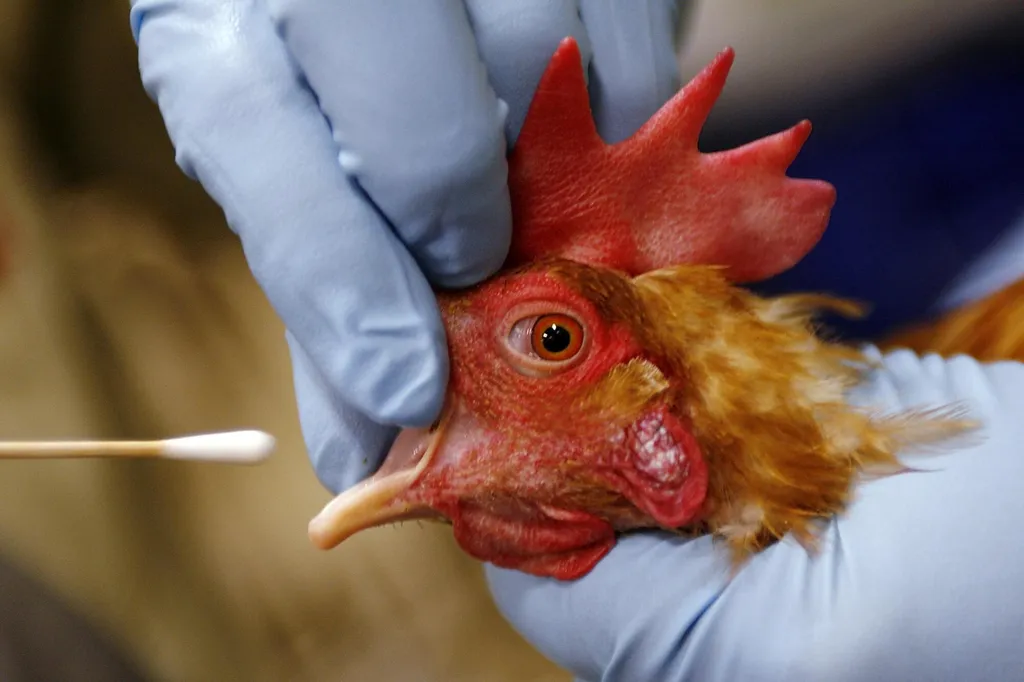In the relentless battle against avian influenza, scientists have uncovered a new layer of complexity that could reshape how we protect poultry flocks. A recent corrigendum published in *Poultry Science* sheds light on the role of long non-coding RNAs (lncRNAs) in the chicken immune response to highly pathogenic avian influenza H5N1 infection. This research, led by Thi Hao Vu of Chung-Ang University in South Korea and the National Institute of Veterinary Research in Vietnam, offers a nuanced understanding of how chickens defend themselves against this devastating virus.
The study delves into the intricate world of lncRNAs, molecules that do not code for proteins but play crucial roles in regulating gene expression. These molecules have been increasingly recognized for their involvement in immune responses, but their specific functions in avian species remain largely unexplored. By investigating the lncRNA landscape in chickens infected with H5N1, the researchers identified several lncRNAs that are significantly upregulated or downregulated during infection. “These lncRNAs could serve as potential biomarkers for early detection of H5N1 infection,” Vu explained, highlighting the practical implications of the findings.
The commercial impact of this research is substantial. Avian influenza outbreaks can lead to massive economic losses due to reduced egg production, increased mortality, and the cost of culling infected flocks. Early detection and targeted interventions could mitigate these losses, providing poultry farmers with valuable tools to safeguard their livelihoods. Moreover, understanding the molecular mechanisms underlying the chicken immune response could pave the way for developing more effective vaccines and therapeutic strategies.
The study also opens up new avenues for research into avian immunity. As Vu noted, “The regulatory roles of lncRNAs in chicken immune responses are still in their infancy. Our findings provide a foundation for further exploration of these molecules in various aspects of poultry health and disease.” This research could inspire future studies aimed at unraveling the complex interplay between lncRNAs and other genetic elements in avian species.
In the broader context of agricultural technology, this work underscores the importance of integrating advanced molecular techniques into poultry farming practices. As the industry continues to evolve, the adoption of precision agriculture tools and biotechnological innovations will be crucial for enhancing productivity and sustainability. The insights gained from this study could contribute to the development of more resilient poultry breeds that are better equipped to withstand viral infections.
The corrigendum, published in *Poultry Science*, represents a significant step forward in our understanding of chicken immune responses. Led by Thi Hao Vu, whose affiliations include the Department of Animal Science and Technology at Chung-Ang University and the National Institute of Veterinary Research, this research highlights the potential of lncRNAs as biomarkers and therapeutic targets. As the agricultural sector grapples with the challenges posed by avian influenza, these findings offer a glimmer of hope for more effective and sustainable solutions.

